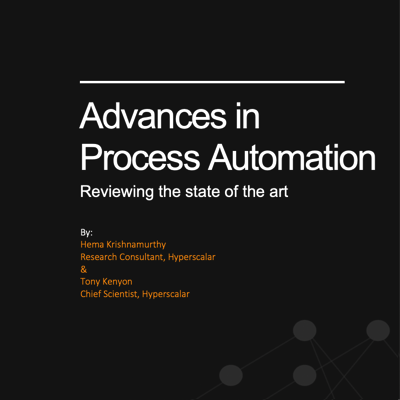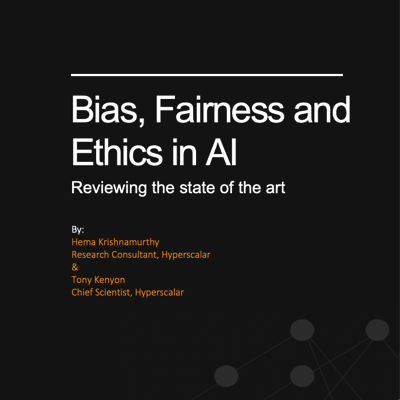∆ ∆
2020: Dutch researchers plan to complete an 'unhackable' quantum internet
between Delft and the Hague.
2019: Researchers at Insilico Medicine (Hong Kong) and the University of
Toronto announce that AI algorithms had selected approximately 30,000 unexplored molecule
combinations, with six promising new compounds identified.
2019: "NVIDIA Corporation introduced the smallest AI supercomputer,
called Jetson Xavier NX in November 2019."
2017: At bitcoin's peak in December 2017, these were worth over US$19 billion.
2014: Generative adversarial network (GAN) created by Ian Goodfellow and
his colleagues at the University dof Montreal.
1986: Backpropagation and its general use in neural networks created by
Rumelhart, Hinton & Williams.
2008: bitcoin.org domain name registered by Satoshi Nakamoto on 18 August 2008.
1994: Cheswick and Bellovin authored the first book on
firewalls in 1994 while at AT&T Bell Labs, building a circuit-level gateway with packet
filtering - arguably the forerunner of modern firewalls.
1987-1993: Second AI Winter. In 1984 Schank and Minsky—two warn the business community
that enthusiasm for AI was out of control. Three years later, the billion-dollar AI
industry started to collapse in another AI winter.
1975-1980: First AI Winter.
1966: Failure of Machine Translation.
1950s: Hubel and Wiesel in the 1950s and 1960s demonstrate that cat and
monkey visual cortexes contain neurons that respond individually to small regions of
the visual field (of later importance for deep learning, and CNNs)
 h y p e r s c a l a r
h y p e r s c a l a r

